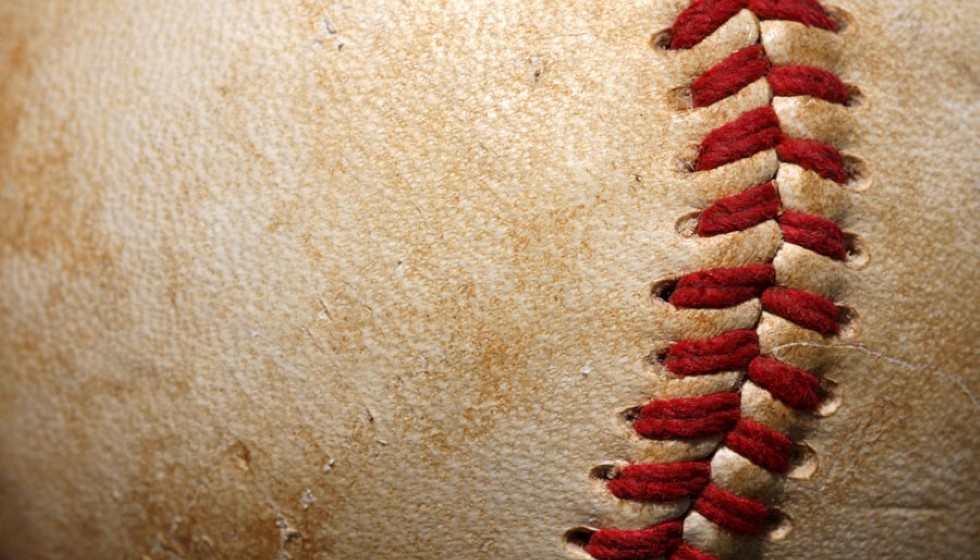
The recent Major League Baseball amateur draft concluded with notable agreements, significant spending, and a few surprising omissions as teams scrambled to secure top talent before the signing deadline.
Major Signings and Top Picks
The Toronto Blue Jays made a splash by picking Trey Yesavage at the 20th overall spot, securing his signature with a hefty $4,175,000 bonus. Similarly, the Baltimore Orioles locked in Vance Honeycutt, the 22nd overall pick, with a $4 million agreement. These high-profile signings are reflective of the aggressive moves teams made to guarantee they snagged premium talent.
Meanwhile, the Pittsburgh Pirates landed Konnor Griffin with the ninth overall pick, offering a substantial $6,532,025 to bring him into the fold. Such high-dollar commitments underscore the significant investment teams are willing to make to build a winning roster for the future.
Unsigned Talents
Despite the rush to sign draftees, four notable players decided to forego professional contracts in favor of college commitments. Tyler Bell, who was chosen 66th overall by the Tampa Bay Rays, opted to attend Kentucky. Chris Levonas, drafted 67th by the Milwaukee Brewers, made a similar decision, choosing Wake Forest over a pro career. Ryan Prager, selected 81st by the Los Angeles Angels, and Jaxon Jelkin, picked 263rd by the New York Mets, also went unsigned.
As a result, the Rays, Brewers, and Angels will receive compensatory picks in next year’s draft, with Tampa Bay set to gain the 67th pick, Milwaukee the 68th, and the Angels an additional selection after the third round.
Comparisons and Historical Context
This year's draft saw nearly every one of the top 315 selected players secure contracts, with only four exceptions—a stark contrast to last year's draft, where only one pick from the first ten rounds remained unsigned. That exception was Caden Kendle, a 10th-round selection by the St. Louis Cardinals, who this year was picked in the fifth round by the Minnesota Twins, signing for $147,500.
Record-Breaking Bonuses
The draft saw some record-breaking bonuses with right-hander Chase Burns of Wake Forest securing $9.25 million from the Cincinnati Reds as the second overall pick. Georgia outfielder Charlie Condon matched this figure, going third overall to the Colorado Rockies. Travis Bazzana, Oregon State’s standout second baseman, wasn't far behind, signing for $8.95 million as the first overall pick by the Cleveland Guardians.
Team Spending
The overall spending this year reached unprecedented levels, with the Cleveland Guardians and Colorado Rockies each disbursing $19,236,100 on their draftees. The Cincinnati Reds followed closely with $17,156,100. Other notable spenders included the Oakland Athletics at $16,103,900 and the Chicago White Sox at $15,267,500. In contrast, the Houston Astros spent the least among all teams, allocating just $6,210,412.
In total, MLB teams committed $342 million to this year’s group of draft-eligible players, an 8.3% increase from last year's $315.8 million, illustrating the escalating investments in securing young talent. Despite the ramped-up spending, no team exceeded the signing bonus pool by more than the permissible 5%, with 23 teams grazing their limits within that margin. The Arizona Diamondbacks impressively spent exactly their pool amount, while six teams managed to come under their signing pool amounts, including Tampa Bay and Colorado, which were $250,300 and $87,300 short, respectively.
As teams finalize their rosters and look forward to integrating these new talents, fans can anticipate seeing the next generation of baseball stars making their debut in the near future. The significant financial commitments demonstrate the league’s dedication to nurturing talent and maintaining competitive balance, ensuring the sport's continued growth and excitement.